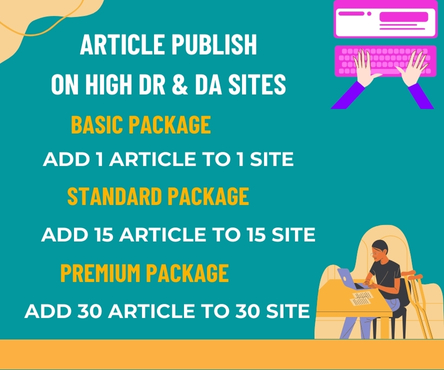In today’s fast-paced world, customers expect instant gratification and transparency in all their interactions, including those with businesses. One way companies can meet these expectations is by providing real-time updates on orders, deliveries, and services. This is where tracking comes in – a powerful tool that not only enhances customer experience but also fosters loyalty and drives business growth. Read more anjani courier tracking
The Importance of Real-Time Updates
Real-time updates are crucial in today’s digital age. Customers want to know the status of their orders, the estimated delivery time, and any potential delays. Without this information, they can become anxious and frustrated, leading to a negative experience. By providing real-time updates, businesses can alleviate these concerns, build trust, and demonstrate their commitment to customer satisfaction.
Benefits of Tracking for Customers
Tracking offers numerous benefits for customers, including:
- Increased transparency: Customers can see the status of their orders and deliveries, reducing uncertainty and anxiety.
- Improved expectations: With real-time updates, customers can plan and manage their time more effectively.
- Enhanced experience: Tracking provides customers with a sense of control and agency, allowing them to make informed decisions.
Benefits of Tracking for Businesses
Tracking also offers numerous benefits for businesses, including:
- Increased customer satisfaction: By providing real-time updates, businesses can improve customer satisfaction and loyalty.
- Reduced support queries: With tracking, customers are less likely to contact support teams for updates, reducing the volume of queries and freeing up resources.
- Improved operational efficiency: Tracking enables businesses to optimize their operations, streamline processes, and make data-driven decisions.
Best Practices for Implementing Tracking
To get the most out of tracking, businesses should follow best practices, including:
- Provide accurate and timely updates: Ensure that updates are accurate, reliable, and delivered in real-time.
- Use multiple channels: Offer tracking updates through various channels, such as email, SMS, and mobile apps.
- Customize updates: Tailor updates to specific customer needs and preferences.
- Integrate with customer support: Ensure that tracking information is accessible to support teams to provide better assistance.
Examples of Effective Tracking
Several companies have successfully implemented tracking to boost customer satisfaction. For instance:
- Logistics companies like UPS and FedEx provide real-time updates on package delivery, allowing customers to track their shipments.
- Food delivery services like Uber Eats and DoorDash offer live tracking, enabling customers to monitor the status of their orders.
- E-commerce companies like Amazon and Walmart provide real-time updates on order processing and shipping, keeping customers informed throughout the process.
Conclusion
In conclusion, tracking is a powerful tool that can significantly enhance customer satisfaction. By providing real-time updates, businesses can build trust, alleviate anxiety, and demonstrate their commitment to customer experience. As customers continue to expect more transparency and instant gratification, companies that invest in tracking will be better positioned to meet these expectations and drive business growth. By following best practices and learning from successful examples, businesses can harness the power of tracking to take their customer satisfaction to the next level.

